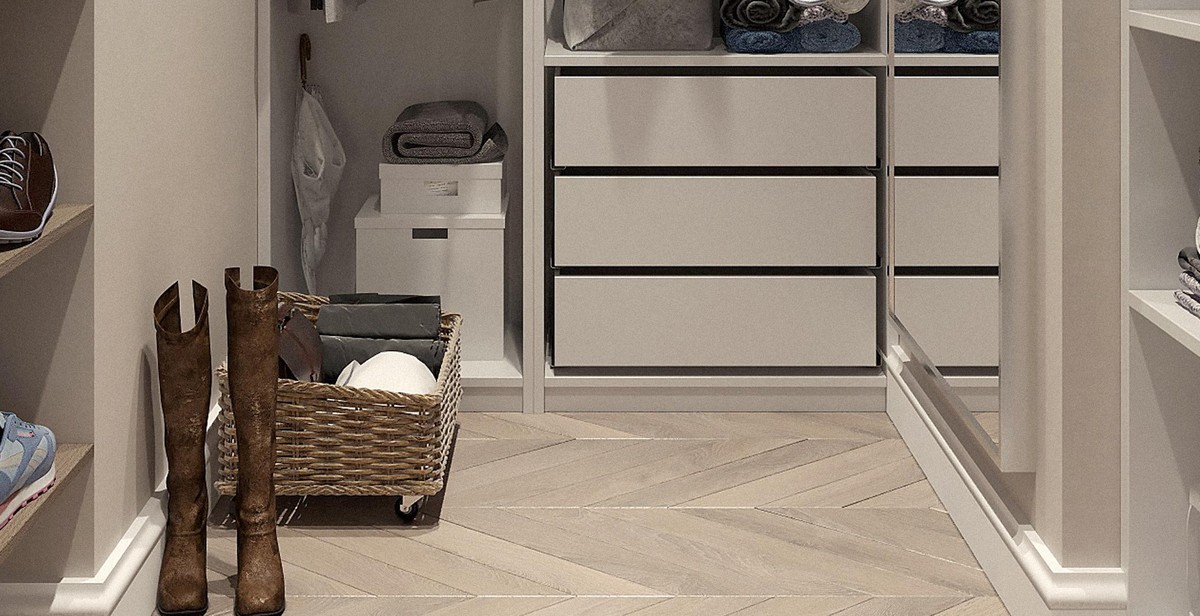How to Build a Sustainable Wardrobe: Tips for Ethical and Conscious Fashion
As a professional writer and content creator, I have had the opportunity to work with different fashion brands and learn about the industry’s impact on the environment and society. In the early days of my career, I was an avid shopper of fast-fashion brands, buying clothes regularly without considering the ethical and environmental implications of my actions.
However, my perspective on fashion changed when I started researching and writing about the industry’s impact on the environment and society. I discovered that fast fashion is one of the most significant contributors to pollution, waste, and exploitation of workers in developing countries.
My personal experience with fast fashion made me realize that I needed to make a change in my shopping habits. I started exploring alternative options for building a sustainable wardrobe that aligns with my values and beliefs. I discovered that building a sustainable wardrobe is not only good for the environment and society but also beneficial for my mental and emotional well-being.
In this article, I will share my tips for building a sustainable wardrobe that is ethical, conscious, and fashionable. I will discuss the importance of making conscious choices when it comes to fashion, the benefits of a sustainable wardrobe, and practical tips for building a sustainable wardrobe that aligns with your values.

What is a Sustainable Wardrobe?
A sustainable wardrobe is a collection of clothing that is designed, produced, and used in a way that is environmentally and socially responsible. It is an approach to fashion that considers the impact of clothing on the planet and the people behind its production.
Defining Sustainable Fashion
Sustainable fashion is a movement that seeks to create a more ethical and conscious approach to clothing production and consumption. It is an umbrella term that encompasses a range of practices and principles, including:
- Using eco-friendly materials
- Reducing waste and pollution
- Supporting fair labor practices
- Encouraging slow fashion
- Emphasizing quality over quantity
By adopting sustainable fashion practices, we can reduce the negative impact of the fashion industry on the environment and on the people who work in it.
The Impact of Fast Fashion on the Environment
Fast fashion is a term used to describe the rapid production of inexpensive clothing that is designed to be worn only a few times before being discarded. This model of clothing production has a devastating impact on the environment. The production of fast fashion is responsible for:
- Water pollution
- Chemical pollution
- Increased carbon emissions
- Landfill waste
By choosing sustainable fashion options, we can reduce the environmental impact of our clothing choices.
The Social Impact of Fast Fashion
Fast fashion also has a negative social impact on the people who work in the industry. Workers in fast fashion factories are often paid very low wages and work in unsafe and unhealthy conditions. By choosing sustainable fashion options, we can support fair labor practices and promote social justice in the fashion industry.
| Fast Fashion | Sustainable Fashion |
|---|---|
| Uses cheap, synthetic materials | Uses eco-friendly and natural materials |
| Produces high levels of waste and pollution | Reduces waste and pollution |
| Supports unfair labor practices | Supports fair labor practices |
| Emphasizes quantity over quality | Emphasizes quality over quantity |
By choosing sustainable fashion options, we can help create a more just and equitable fashion industry that benefits everyone involved.

Tips for Building a Sustainable Wardrobe
Building a sustainable wardrobe is not only good for the environment but also for your wallet. Here are some tips to help you create a conscious and ethical wardrobe:
Invest in Quality Pieces
Invest in high-quality pieces that are made to last. These pieces may be more expensive, but they will save you money in the long run as you won’t have to replace them as often. Look for well-made items with strong seams, good stitching, and durable materials.
Choose Natural and Sustainable Materials
When shopping for clothing, choose natural and sustainable materials like organic cotton, linen, hemp, and bamboo. These materials are better for the environment as they require less water and energy to produce, and they are often biodegradable.
Buy Second-Hand Clothing
Buying second-hand clothing is a great way to reduce your environmental impact. Thrift stores, consignment shops, and online marketplaces like eBay and Poshmark offer a wide selection of gently used clothing at affordable prices. By buying second-hand, you are also giving new life to clothing that might otherwise end up in a landfill.
Support Ethical and Sustainable Brands
When shopping for new clothing, support ethical and sustainable brands that prioritize transparency, fair labor practices, and eco-friendly production methods. Look for certifications like Fair Trade, GOTS (Global Organic Textile Standard), and B Corp to ensure that the brand meets high ethical and sustainability standards.
Rent Clothing for Special Occasions
Instead of buying a new outfit for every special occasion, consider renting clothing from a rental service. This not only saves you money but also reduces your environmental impact by reducing the demand for new clothing production. Plus, you get to wear designer clothing without the designer price tag.
|
|

How to Maintain a Sustainable Wardrobe
Building a sustainable wardrobe is not only about buying ethical and conscious fashion but also about taking care of the clothes you already own. Proper clothing care, repair, and upcycling are some of the ways to maintain a sustainable wardrobe. Here are some tips on how to do it:
Proper Clothing Care
Proper clothing care is essential for maintaining a sustainable wardrobe. It helps to extend the life of your clothes, reduce the need to buy new ones, and minimize textile waste. Here are some tips for proper clothing care:
- Read the care label on your clothes before washing them.
- Wash clothes in cold water and avoid using the dryer.
- Avoid using fabric softeners and bleach.
- Hang or fold clothes properly to avoid wrinkles and damage.
- Store clothes in a cool, dry place away from direct sunlight.
Repair and Upcycle Clothing
Repairing and upcycling clothes are great ways to maintain a sustainable wardrobe. It helps to give new life to old clothes and reduce textile waste. Here are some tips for repairing and upcycling clothes:
- Mend small holes and tears in clothes instead of throwing them away.
- Learn basic sewing skills to repair clothes.
- Transform old clothes into something new by upcycling them.
- Get creative with patches, embroidery, and other embellishments to give new life to old clothes.
Donate or Sell Clothing You No Longer Wear
Donating or selling clothes you no longer wear is another way to maintain a sustainable wardrobe. It helps to reduce textile waste and give new life to clothes that still have value. Here are some tips for donating or selling clothes:
- Donate clothes to charity organizations or clothing banks.
- Sell clothes online or at consignment shops.
- Host a clothing swap with friends or family.
- Recycle clothes that are beyond repair.
| Tip: | If you’re unsure about how to care for a specific garment or how to repair it, consult a professional tailor or clothing care expert. |
By following these tips, you can maintain a sustainable wardrobe and make a positive impact on the environment.

Conclusion
Building a sustainable wardrobe is not only important for the environment, but also for your own personal style and values. By choosing ethical and conscious fashion, you can support brands that prioritize fair labor practices, use sustainable materials, and reduce their carbon footprint.
As someone who has been in the fashion industry for years, I have seen the negative impact of fast fashion first-hand. It is time to shift towards a more sustainable and conscious approach to fashion. By making small changes in our shopping habits, we can make a big difference in the industry and our planet.
Tips for Building a Sustainable Wardrobe
- Invest in high-quality, timeless pieces that will last for years.
- Shop secondhand and vintage for unique finds and to reduce textile waste.
- Support sustainable and ethical fashion brands that prioritize the environment and fair labor practices.
- Take care of your clothes by washing them less frequently and using eco-friendly cleaning products.
Remember, building a sustainable wardrobe is a journey, not a destination. It takes time and effort to make conscious choices, but the impact is worth it. Let’s work together to create a more sustainable and ethical fashion industry.
